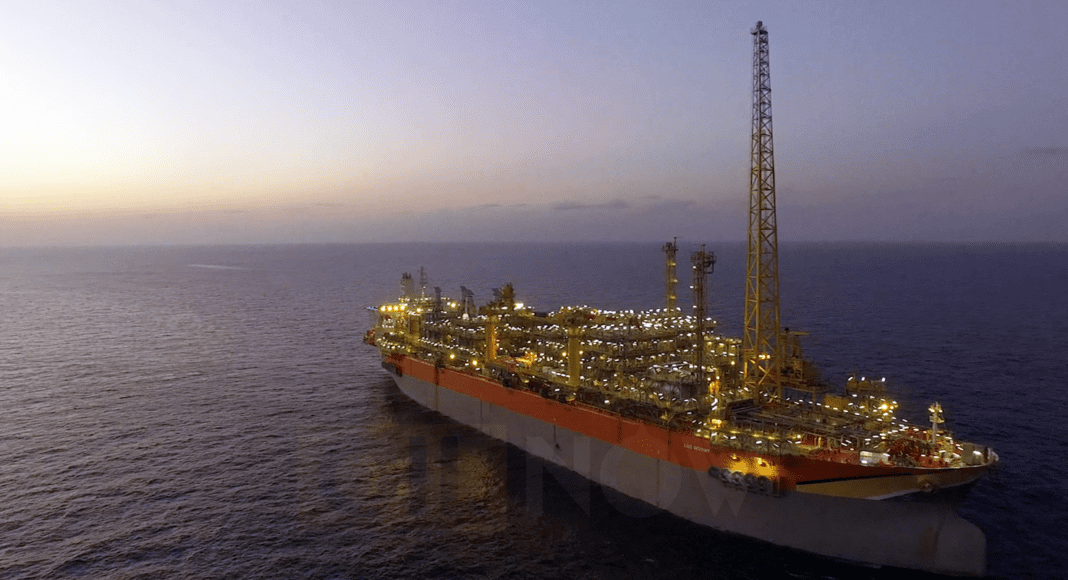U.S oil major ExxonMobil has outlined a comprehensive plan for the reduction of its emissions output for the next four years which are projected to put it on a pathway consistent with the goals of the Paris Agreement and in keeping with the World Bank “Zero Routine Flaring by 2030” Initiative.
The World Bank Initiative brings together governments, oil companies, and development institutions who recognize that routine flaring is unsustainable from a resource management and environmental perspective, and who agree to cooperate to eliminate this no later than 2030.
“The greenhouse gas intensity of our Guyana developments is expected to be more than 45 percent lower than our upstream average in 2025 and consistent with the World Bank initiative,” ExxonMobil Senior Vice President of Upstream, Neil Chapman, told investors this week. “Our plan is to eliminate routine flaring by 2030.”
Exxon has said the Liza Destiny FPSO – Guyana’s first oil production vessel – is designed to ensure there is no routine flaring in its daily operations. However, challenges with a gas compressor onboard the vessel last year and then again in January of 2021 have resulted in flaring above pilot levels and this has seen the company come under heavy criticism for not being able to get the issue under control.
“We continue to work 24/7 to get the resolution of the issues so we will have a long-term, highly efficient, reliable, dependable and environmentally sound operation on the Destiny and future projects too,” President of ExxonMobil Guyana Alistair Routledge told reporters on Thursday.
The Guyana government has made it clear that it is not in favour of routine flaring. Minister of Natural Resources, Vickram Bharrat, has described the gas compressor issue as “unfortunate” and said the government has been working with the company to ensure the problem is resolved in a timely manner.
“In terms of the flaring, now it is an unfortunate situation. It is a situation that we wish would not happen. But we have found ourselves where a gas compressor again, on the FPSO – that is the Liza Destiny – would have encountered some issues and for safety reasons, of course, they had to take it out.” He said. “It was tested, and they realized that it could not be fixed here in Guyana. We don’t have the capacity to fix it, so it was taken to Germany to get that fixed and come back.”
The company reported this week that the equipment has been fully repaired and is expected to return to Guyana by the end of the month.
“Our target every day is to be at pilot – background flare of less than 1 million cubic feet per day. We’re below that 14 [mcf], so from an academic point of view we are not at that volume nor do we view that as an allowance and it’s certainly not built into the permits,” Routledge said.
Exxon has said the construction, fabrication, and pre-commissioning teams working in Singapore have been incorporating those lessons learnt into the ongoing fabrication and construction work for the Liza Unity FPSO, the second oil production vessel approved for Guyana. The same approach is also being taken for a third vessel – the Prosperity FPSO – targeting the Payara development.



